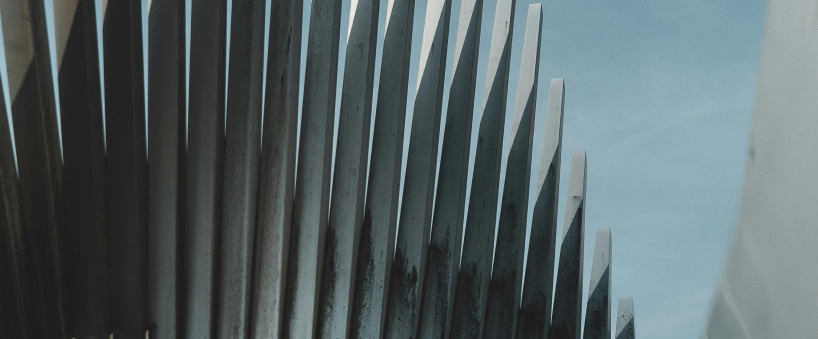

The Russian aluminium industry leader is currently evaluating potential shutdown options for a number of its unprofitable facilities due to the combination of low aluminium prices and financial setbacks resulting from the implementation of an "exchange rate" export duty, as reported by Interfax, the Moscow headquartered Russian news agency.

Interfax has received information from an undisclosed source indicating that the closure of unprofitable production facilities is unavoidable in light of the current prices on the aluminium exchange. The aluminium powerhouse has yet to officially respond to inquiries regarding the potential closure of several of its plants.
However, a representative from one of its stakeholders, holding a 25.72 per cent stake in the aluminium company, stated that the parent company had yet to inform its shareholders about its intentions.
An analyst from the BCS Global Markets pointed out that the aluminium producers' three smelters are the weakest links within the company's framework. These smelters have production costs that exceed the group's average, and combined capacity is geared towards manufacturing 500,000 tonnes of aluminium out of the total 4.2 million tonnes of capacity, while the company's aluminium production amounted to 3.83 million tonnes in 2022.
"While the weak ruble may partially offset the decline in aluminium prices, the company faced the challenge of procuring a significant portion of its alumina through imports," explained Kazakov.
Last year, the aluminium producer lost access to the alumina refinery in Ukraine and alumina supplies from Australia, collectively accounting for approximately 40 per cent of their alumina consumption. Consequently, the aluminium producers' facilities in Russia's European and West Siberian regions, which previously relied on alumina from Ukraine, had to shift to imported sources with costly logistics.
These expensive imports are impeding the company's profitability growth, with its half-year margin at 8 per cent, the weakest in the sector. While this represents an average profit margin, smelters in the European part of the country and the Urals, situated far from Siberian hydroelectric power plants with their inexpensive electricity, are experiencing even lower margins.
At the close of the year's first half, costs within the aluminium industry stood at $2,300 per tonne. Meanwhile, the London Metal Exchange (LME) reported an average aluminium price of $2,331 per tonne and an average premium of $200. This implies that the bulk of the Russian aluminium giant's profit was derived from this premium, as noted by Kazakov.
According to the assessments made by analysts, the exchange rate duty is poised to erode a substantial portion of the aluminium company's EBITDA, potentially equating to a decrease ranging from one-quarter to one-third. This, in turn, could lead to a surge in the net debt-to-EBITDA ratio, reaching levels between 13 to 14 times. This financial challenge is compounded by a growing capital expenditure (capex) figure, which reached $1.24 billion the previous year, marking a 4 per cent increase.
The company is confronted with a predicament where it cannot halt investments in the modernization of its smelters. This is primarily due to the looming threat of penalties related to the Clean Air Program. The Association of Aluminum Producers, Suppliers, and Consumers conveyed to Interfax that discontinuing these investments could result in potential turnover penalties. It's worth noting that the program for the modernization of four Siberian aluminium smelters in 2021 came with an estimated cost of 385 billion rubles, with the federal budget providing state guarantees amounting to 329 billion rubles to support its implementation.
In 2021, the aluminium company reported substantial losses amounting to "hundreds of millions of dollars," primarily due to implementing an export duty on metals, which was in effect from August through December 2021. This duty was imposed in response to steelmakers generating excessive profits in the wake of soaring product prices. Presently, aluminium prices are approximately 12 per cent lower than the average levels witnessed throughout 2021. Additionally, the company is not expected to receive dividends from Nornickel this year.
Russia's largest aluminium producer's most significant creditors include Sberbank, with a loan balance of 17.9 billion rubles as of the first half of 2022, secured by Nornickel shares. VTB and GPB also extended loans to the aluminium giant amounting to up to 45 billion rubles for constructing an aluminium smelter. These loans are linked to the Central Bank's key interest rate. As of the end of the year's first half, the company's net debt reached $6.29 billion, with a net debt to EBITDA ratio standing at 12x.
Responses








